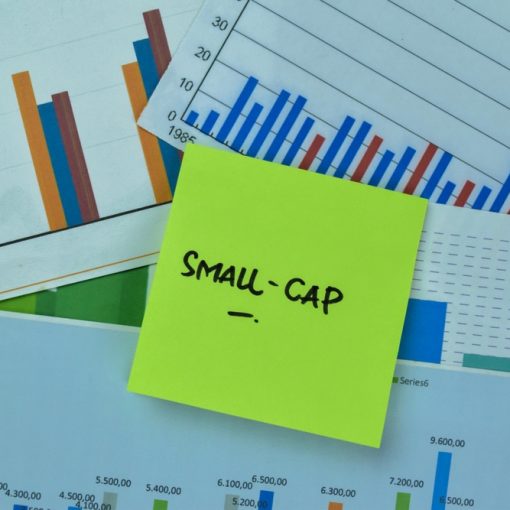Early in the second quarter, it seemed as though a trade deal between the U.S. and China was imminent. Riding on those hopes, the equity market extended its first quarter rally through April.
Then, on the first Sunday in May, Trump took out his smartphone and opened up Twitter.
With Chinese officials due to arrive in Washington later that week, Trump posted a tweet announcing an increase in tariffs on $200 billion worth of Chinese imports from 10% to 25% and plans to slap 25% tariffs on an additional $325 billion of previously untaxed Chinese imports.
The negotiations disintegrated. So too did the equity market rally.

Sweeping Tariffs
Apparently unsatisfied with the damage he had done, Trump later in May threatened Mexico − party to a free trade agreement with the U.S. − with sweeping tariffs in response to the flow of asylum-seeking Central Americans to the U.S.’s southern border.
Although those tariffs were narrowly avoided, the threat further undermined sentiment.
Only increasingly dovish communications from Fed officials ultimately restored a modicum of confidence. The equity market rebounded in June to end the quarter with a modest gain.
The U.S. equity market’s resilience notwithstanding, Trump’s ill-considered trade wars are clearly taking their toll.
Slower Growth
Although the U.S. economy appears to have grown at a 2.1% annualized pace in the second quarter based on the advance estimate, that growth was entirely reliant on consumer spending.
Both fixed investment, which includes things like business equipment, non-residential structures and new homes, and net exports were notably weak. The manufacturing sector of the U.S. economy has slowed down to the point that it is barely growing.
Weak spots in the U.S. economy already appears to be sapping the labor market’s strength. Financial markets are currently pricing in a notable degree of monetary policy easing over the next year reflecting the expectation of persistent economic weakness.
While it still appears the current economic expansion will continue, the risk of the U.S. economy slipping into a recession is the highest it has been in years.
Photo Credit: Bernard Spragg via Flickr Creative Commons
Disclosure: Certain of the information contained in this article is based upon forward-looking statements, information and opinions, including descriptions of anticipated market changes and expectations of future activity. These statements are based upon a number of assumptions concerning future conditions that ultimately may prove to be inaccurate. The author believes that such statements, information, and opinions are based upon reasonable estimates and assumptions. However, forward-looking statements, information and opinions are inherently uncertain and actual events or results may differ materially from those reflected in the forward-looking statements. Such forward-looking assessments are subject to risks and uncertainties and may be affected by various factors that may cause actual results to differ materially. Therefore, undue reliance should not be placed on such forward-looking statements, information and opinions.



